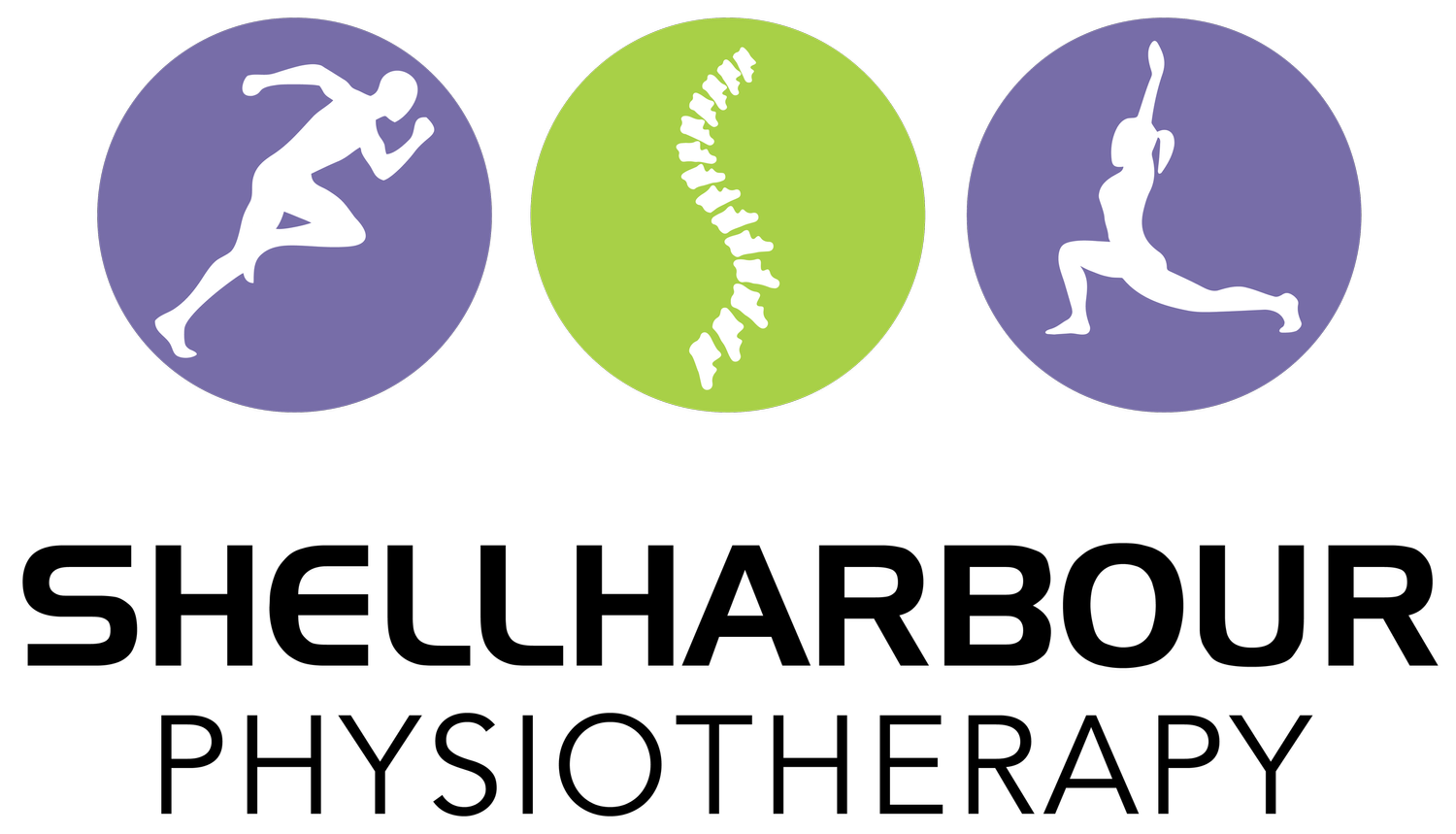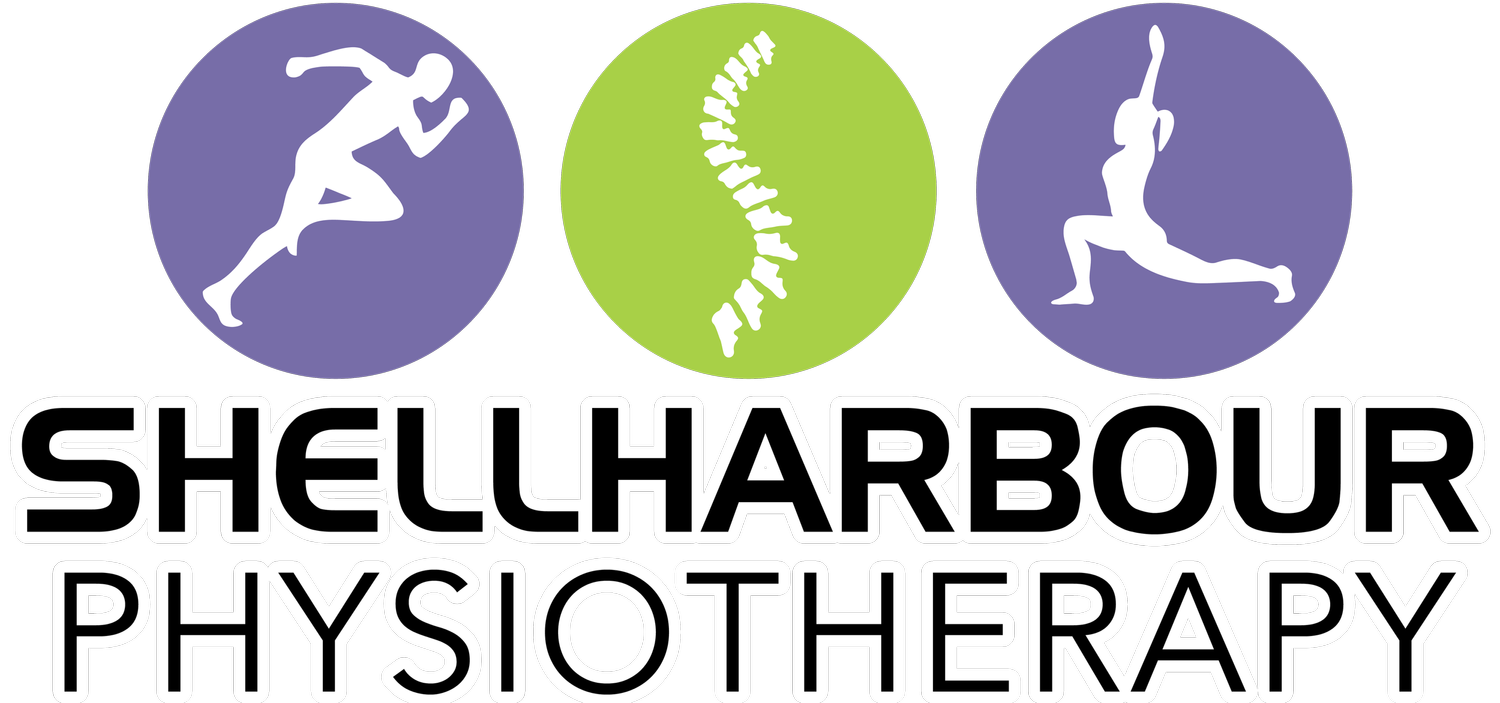SPRAIN PAIN: HOW TO DEAL WITH AN ANKLE SPRAIN
The sporting season has just started for 2023 and with that comes the fun of having to possibly deal with injuries. The injury we’re looking at today is the very common ankle sprain which accounts for 25% of all injuries across sports.
Types of Ankle Sprains
An ankle sprain is a common musculoskeletal injury that occurs when the ankle moves outside of its normal range of motion and involves the stretch or tear of the ligaments of the ankle.
There are 3 different kinds of ankle sprains that a person may suffer from:
LATERAL ANKLE SPRAIN
Caused by excessive inversion and plantarflexion of the ankle and effects the lateral ligaments called the anterior talofibular ligament (ATFL), calcaneo-fibular ligament (CFL) and the posterior talofibular ligament (PTFL). Lateral ankle sprains are the most common, making up approximately 85% of all ankle sprains.
MEDIAL ANKLE SPRAIN
Caused by excessive eversion of the ankle and effects the medial ligament called the deltoid ligament.
HIGH ANKLE SPRAIN
Caused by excessive external rotation and dorsiflexion of the ankle. These are called syndesmosis injuries and although are the rarest of ankle sprains, they are usually more severe as they damage the ligaments that hold the ends of your two lower leg bones together
Lateral Ankle Sprain
Syndesmosis
Medial Ankle Sprain
Symptoms and Grading
The signs and symptoms of an ankle sprain will vary depending on the type and severity of sprain you have but often common symptoms include:
Pain especially when putting weight on the affected foot
Tenderness when touching the ankle
Bruising and swelling
Restricted movement of the ankle and a feeling of the ankle being “unstable”
When looking into ankle sprains, we grade them into 3 categories. Often a Physiotherapist ↗ will be able to determine the grade of an ankle sprain through examination of the ankle and by doing a few ligament tests, often without the need of medical imaging.
GRADE 1
Slight stretching and some damage to the fibres of the ligament.
GRADE 2
Partial tearing of the ligament. When the physio moves the ankle in certain ways, abnormal looseness of the ankle joint can be seen.
GRADE 3
Complete tear of the ligament. With these sprains, when the physio pulls or pushes the joint, large instability can be seen.
Post Injury and Treatment
Post spraining your ankle in sport, it’s important to immediately start treating it to get the most optimal recovery. Usually, we follow the acronym POLICE which stands for:
PROTECTION
… involves unloading the ankle and allowing it to work within a mostly pain-free range.
OPTIMAL LOADING
… weightbearing and exercise stimulates the healing process.
ICE
… applying ice for 15 minutes every 2 hours can help relieve pain and prevent swelling.
COMPRESSION
… gently compressing the area with a bandage helps minimise swelling and prevent build of fluid.
ELEVATION
… if possible, elevate the area above the level of the heart as it will allow fluid to drain out of the injured area.
With this process, it is important to book in to see a Physiotherapist ↗ as soon as possible. Not only will we be able to guide you with the above process, but we will be able to examine and assess the ankle and determine the severity of injury. From here, we can begin the rehabilitation process and guide you through every step of the way and get you back to playing sport as soon as possible.
This often includes a period of immobilisation (if severe) and a graded exercise program which will involve return-to-sport testing to ensure that you are more than ready for your sport when the time is right.
Our focus with our exercise program is to make sure we re-strengthen the ankle, increase ankle range of motion and to improve ankle stability that will allow you to perform at your best with confidence in your ankle without the fear of re-injury.


